Heather J. Goldsby
More Bang For Your Buck: Quorum-Sensing Capabilities Improve the Efficacy of Suicidal Altruism
Jun 02, 2014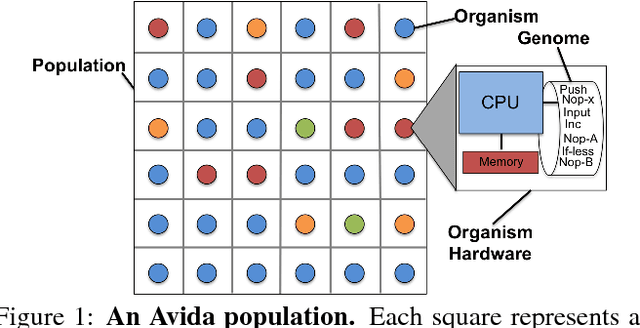
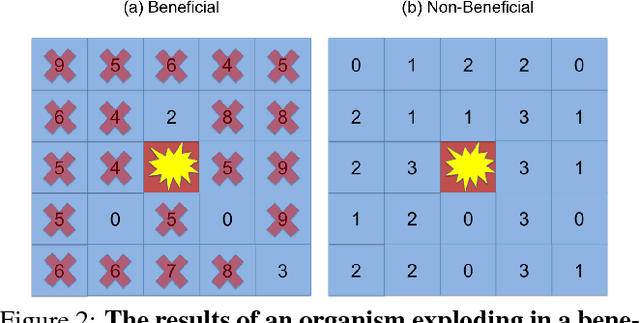

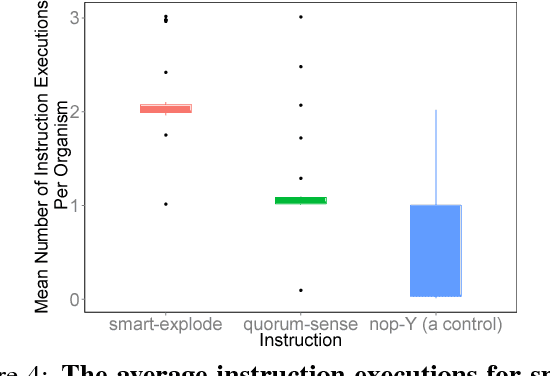
Abstract:Within the context of evolution, an altruistic act that benefits the receiving individual at the expense of the acting individual is a puzzling phenomenon. An extreme form of altruism can be found in colicinogenic E. coli. These suicidal altruists explode, releasing colicins that kill unrelated individuals, which are not colicin resistant. By committing suicide, the altruist makes it more likely that its kin will have less competition. The benefits of this strategy rely on the number of competitors and kin nearby. If the organism explodes at an inopportune time, the suicidal act may not harm any competitors. Communication could enable organisms to act altruistically when environmental conditions suggest that that strategy would be most beneficial. Quorum sensing is a form of communication in which bacteria produce a protein and gauge the amount of that protein around them. Quorum sensing is one means by which bacteria sense the biotic factors around them and determine when to produce products, such as antibiotics, that influence competition. Suicidal altruists could use quorum sensing to determine when exploding is most beneficial, but it is challenging to study the selective forces at work in microbes. To address these challenges, we use digital evolution (a form of experimental evolution that uses self-replicating computer programs as organisms) to investigate the effects of enabling altruistic organisms to communicate via quorum sensing. We found that quorum-sensing altruists killed a greater number of competitors per explosion, winning competitions against non-communicative altruists. These findings indicate that quorum sensing could increase the beneficial effect of altruism and the suite of conditions under which it will evolve.
* 8 pages, 8 figures, ALIFE '14 conference
Leveraging Evolutionary Search to Discover Self-Adaptive and Self-Organizing Cellular Automata
May 16, 2014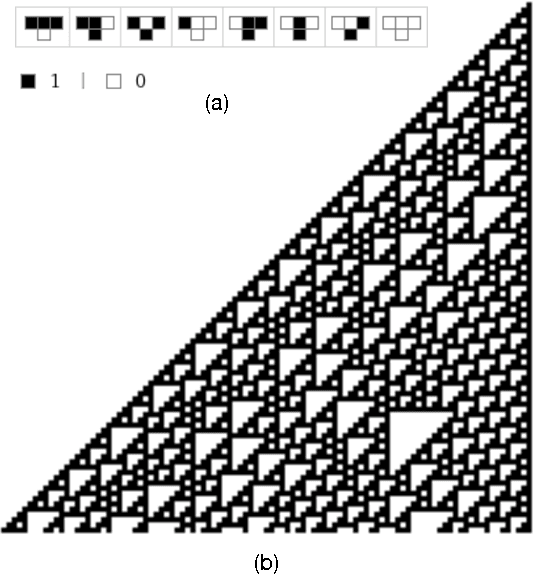
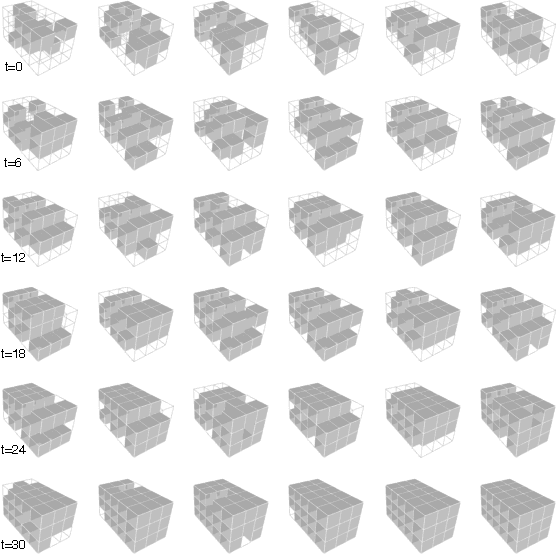
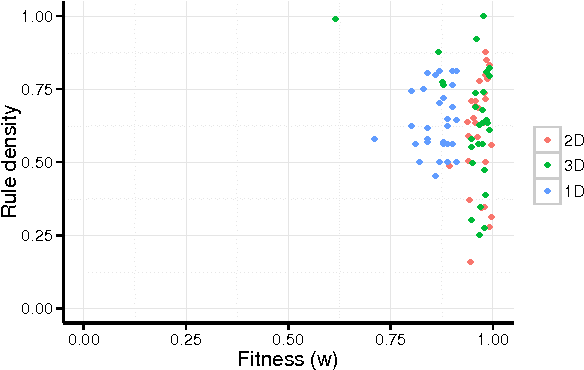

Abstract:Building self-adaptive and self-organizing (SASO) systems is a challenging problem, in part because SASO principles are not yet well understood and few platforms exist for exploring them. Cellular automata (CA) are a well-studied approach to exploring the principles underlying self-organization. A CA comprises a lattice of cells whose states change over time based on a discrete update function. One challenge to developing CA is that the relationship of an update function, which describes the local behavior of each cell, to the global behavior of the entire CA is often unclear. As a result, many researchers have used stochastic search techniques, such as evolutionary algorithms, to automatically discover update functions that produce a desired global behavior. However, these update functions are typically defined in a way that does not provide for self-adaptation. Here we describe an approach to discovering CA update functions that are both self-adaptive and self-organizing. Specifically, we use a novel evolutionary algorithm-based approach to discover finite state machines (FSMs) that implement update functions for CA. We show how this approach is able to evolve FSM-based update functions that perform well on the density classification task for 1-, 2-, and 3-dimensional CA. Moreover, we show that these FSMs are self-adaptive, self-organizing, and highly scalable, often performing well on CA that are orders of magnitude larger than those used to evaluate performance during the evolutionary search. These results demonstrate that CA are a viable platform for studying the integration of self-adaptation and self-organization, and strengthen the case for using evolutionary algorithms as a component of SASO systems.
 Add to Chrome
Add to Chrome Add to Firefox
Add to Firefox Add to Edge
Add to Edge